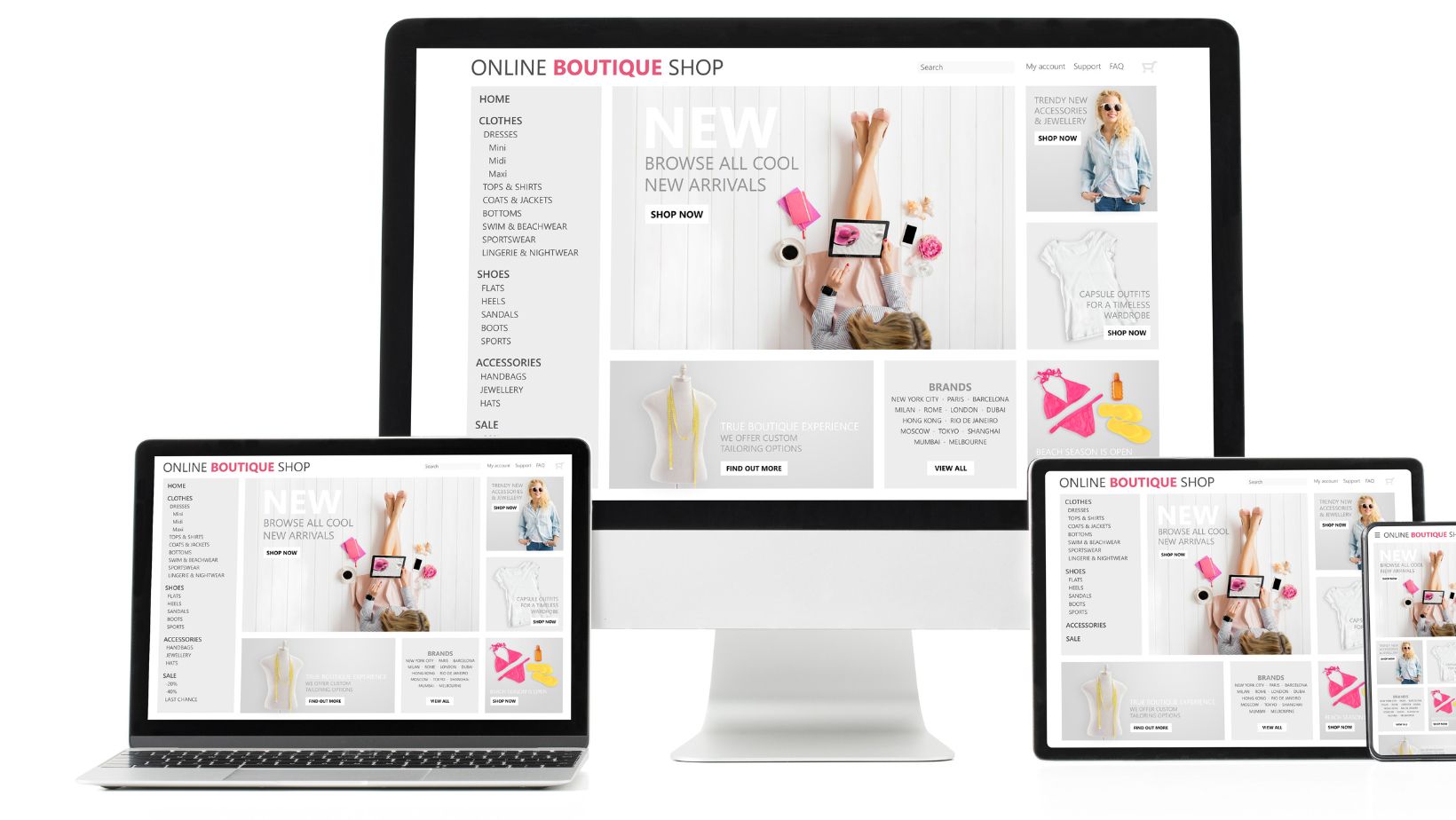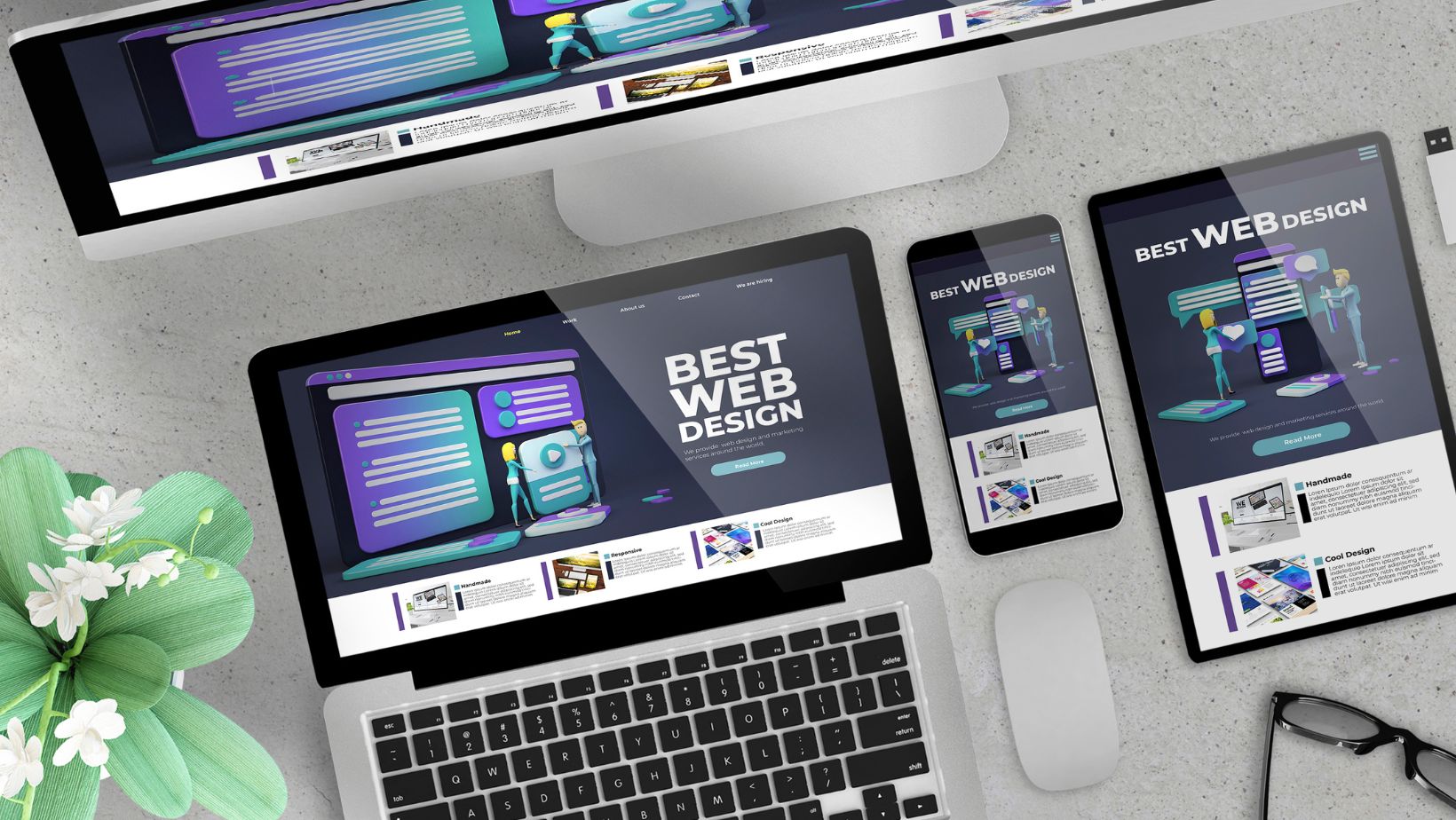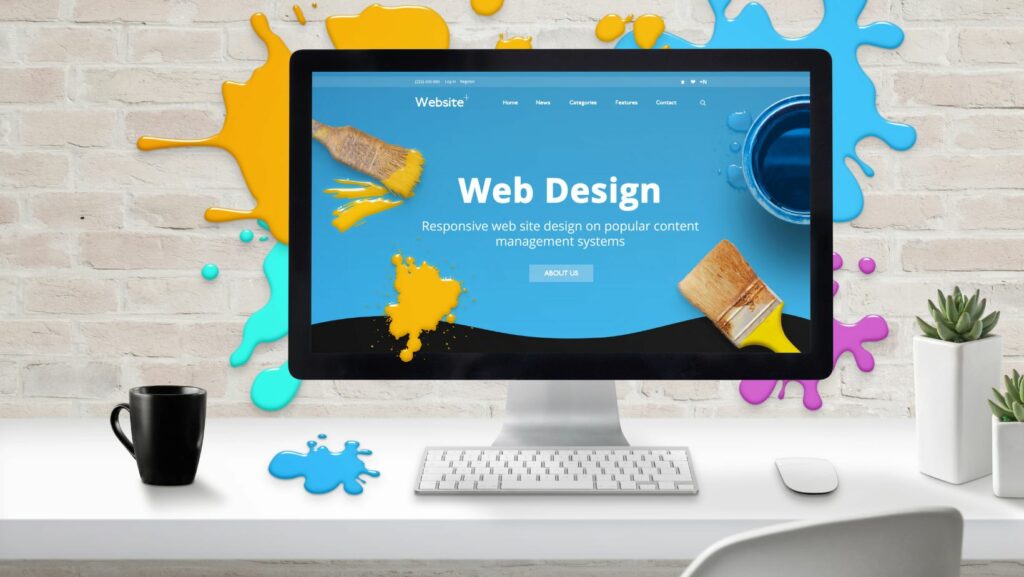Virtual reality technology continues to put its stamp on the world and influence a wide variety of industries. Even web design has not been immune. For the companies that are willing to give it a chance, VR has been a game-changer, turning ordinary websites into something that most people have never seen before and could barely imagine before now. How is this happening? What kind of impact is VR having on web design? Let’s explore the ways that VR is influencing digital content and web design.
Going 360
Imagine being able to visit a website that allows you to tilt your head and peek around corners or look up to gaze at the sky. This isn’t impossible to think about because VR makes 360-degree web content possible. It’s akin to stepping into a whole new world without going anywhere. Virtual reality being utilized in web design allows companies to create immersive virtual tours and product showcases. Such technology can include taking a virtual stroll through a showroom, touring a real estate property, or checking out a product prototype before it even hits shelves.
Gamification
Gaming companies are already using virtual reality technology to make games more immersive and realistic. One of the best examples is elevating the quality of modern online casino games using VR.

However, even non-gaming companies can incorporate these elements into non-game settings. Users can unlock content or embark on fun quests, allowing them to learn about products in a more exciting fashion. It’s a unique strategy that web designers can take if they want to become more appealing to younger audiences and improve the way they engage with website visitors.
More Interaction
In web design, more interaction with customers or potential customers is usually a good thing. With VR, interacting with a business website goes beyond just typing and clicking. It’s now possible to design a site that allows people to reach out and virtually grab a product and examine it from every angle. This next-level product visualization is a game-changer, especially for customers on the fence about making a purchase.
New Form of Storytelling
Great web design is all about storytelling; that’s what’s going to grab people’s attention. Needless to say, VR brings a whole new dimension to that. Rather than just reading about a product or service, VR lets you experience it firsthand.

It’s similar to being a character in a story, with every click on a website being a new chapter to explore. Virtual reality technology can turn these stories into immersive experiences that allow website visitors to see, hear, and feel, touching all of their senses.
Expanding to Multiple Platforms
In today’s digital world, people access the Internet on all kinds of devices. This includes both computers and mobile devices, which requires web designers to create versions that fit each platform. Thanks to virtual technology, a VR headset can be added to the list of platforms. While this may seem like extra work for web designers, it’s also an opportunity. Designers can flex their creative muscles while creating websites that are specific to VR headsets. Therefore, companies that have VR-specific websites can stand out from competitors. Of course, there is still the challenge of making the customer experience seamless across every platform, so there are both challenges and opportunities that come with integrating virtual reality into web design.

